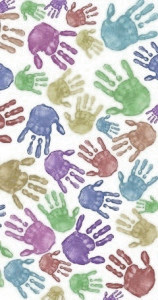Children's drawings depend on audience
 A new study has found children draw different depictions of themselves depending on who is looking.
A new study has found children draw different depictions of themselves depending on who is looking.
A British research team has found that children’s expressive drawings of themselves vary according to the authority of and familiarity with the adult who will view the picture.
The results of the study are significant, because it is important to understand children's drawings for different audiences.
Drawings are often used in clinical, forensic, educational and therapeutic situations to garner information about how a child feels and to supplement verbal communication.
The research team worked with 175 children aged eight and nine, 85 boys and 90 girls.
The children were arranged in seven groups - one where no audience was specified and six audience groups varying by audience type. These groups represented professionals (police, teacher) and men with whom the children were familiar, and those with whom they were not.
The children were invited to draw three pictures of themselves - one as a baseline, one happy and one sad.
The results of the study showed that children's drawings of themselves are more expressive if the audience for those drawings is familiar to the child. Girls drew themselves more expressively than boys.
Some anomalies appeared in the results.
For example, boys and girls performed differently in happy and sad drawings for the familiar and unfamiliar police groups. Girls showed more expressivity than boys in their happy drawings when the audience was a police officer they knew, whereas boys' sad drawings showed more expressivity than girls' in the unfamiliar police group.
The researchers suggest that this current study could be used as the basis for future studies investigating other professional and personal interactions, such as between a doctor and their patient.







 Print
Print